These infections are often contracted in the hospital while a child is receiving antibiotic treatment although illness may develop days or weeks after leaving the hospital. The infection most commonly affects people who have recently been treated with antibioticsIt can spread easily to others.
 Clostridium Difficile An Emerging Pathogen In Children Natalia Khalaf Discovery Medicine
Clostridium Difficile An Emerging Pathogen In Children Natalia Khalaf Discovery Medicine
Diff s iː d ɪ f is Gram-positive species of spore-forming bacteria.

C diff in children. The number one risk factor for C diff infection is. Diff is a type of bacteria that lives in many peoples intestines. This organism may be responsible for a broad spectrum of diseases in children ranging from self-limiting secretory diarrhoea to life-threatening.
Research studies have suggested that C difficile infectionrelated hospitalizations are highest among children aged 1 to 4 years. Children 2 to 16 Years A meta-analysis of studies examining pediatric C. Are anaerobic motile bacteria ubiquitous in nature and especially prevalent in soil.
Our findings have revealed eight distinct ribotypes of C. Diff is bacteria that can infect the bowel and cause diarrhoea. Infection also seems to be more common in people who are taking a group of medicines called proton pump inhibitors.
The major risk factors for children to get C difficile infection are having recently taken antibiotics or having been immunosuppressed such as with steroid medications or chemotherapy. Testing for C. Moreover recent epidemiological surveillance has demonstrated a rise in the incidence of C difficile infection particularly in the community and in low-risk settings.
It also lives in the environment such as in soil water and animal feces. One explanation for the reduction in colonization rates after infancy is that by 12 months the distribution of gut flora. Clostridium difficile also known as C diff is a type of bacteria that causes over 500000 infections in the United States each year.
What is Clostridium difficile C. It is also responsible for producing a serious form of colitis inflammation of the colon called pseudomembranous colitis. 19 For children older than 3 years testing can be performed in.
Based on the age group the intestinal-carriage rates of C. Difficile can be considered in children 1 to 3 years of age with diarrhea but testing for other causes of diarrhea particularly viral is recommended first the authors wrote. Its vegetative cells are rod-shaped pleomorphic and occur in pairs or short chains.
Difficile isolates were considered as community-associated colonization and. Clostridium difficile is a cause of diarrhea in children. Testing for C difficile can be considered in children 1 to 3 years of age with diarrhea but testing for other causes of diarrhea particularly viral is recommended first.
Diff again is to avoid taking unnecessary antibiotics and to wash your hands with soap and water every time you use the bathroom and before you eat anything. Clostridium difficile testing should not be routinely per-formed in children with diarrhea who are 12 years of age unless other infectious or noninfectious causes have been excluded weak recommendation low quality of evidence. Historically regarded as a little more than an innocent coloniser bystander of the gastrointestinal tract of children C difficile has increasingly demonstrated its behaviour as a true pathogen in the paediatric age groups.
2In children 2 years of age C. Three out of 8 375 of C. This can be a relapse of their original infection or it can happen when they come in contact with C.
According to the Centers for Disease Control and Prevention C diff is one of the leading drug-resistant threats of our time. Difficile infection has become more common in children in recent years. Difficile were 375 50 and 125 in children 1 1-3 and 3-5 years old respectively.
Difficile in children C. There is a progressive increase in serum IgG antibody concentrations against toxins A and B between birth and 24 months of age. Although previously much less common in children C.
Difficile epidemiology reported an asymptomatic colonization rate of 15 for children older than 1 year of age with the prevalence reduced to 5 in those older than 2 years of age. Clostridium difficile also known as C. In particular although asymptomatic carriage remains high among infants the clinical significance of detecting C difficile in children aged 1 to 3 years is not fully understood.
Our findings have revealed eight distinct ribotypes. Difficile toxin titers found in the stool of healthy infants are similar to those found in adults with C. The best way to be sure you dont get C.
C diff causes colitis an inflammation and infection of the colon. Together these findings suggest that toxigenic strains are colonizing the gut of infants but they remain. Clostridium difficile also known as C.
Is part of the normal balance of bacteria in your body.
Clostridioides Difficile Infection Wikipedia
 Clostridioides Difficile Infection Wikipedia
Clostridioides Difficile Infection Wikipedia
 Jci Il 17 Producing Gd T Cells Protect Against Clostridium Difficile Infection
Jci Il 17 Producing Gd T Cells Protect Against Clostridium Difficile Infection
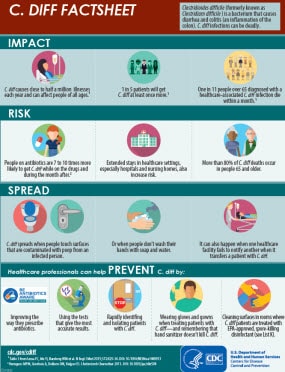 Faqs For Clinicians About C Diff Cdc
Faqs For Clinicians About C Diff Cdc
 Proposed Revised Criteria For Severity Of Clostridium Difficile Download Table
Proposed Revised Criteria For Severity Of Clostridium Difficile Download Table
 Infections Caused By C Difficile In Children Explained Wonderbaba
Infections Caused By C Difficile In Children Explained Wonderbaba
 Characteristics Of 200 Children With Positive Clostridium Difficile Download Table
Characteristics Of 200 Children With Positive Clostridium Difficile Download Table
Https Intermountainhealthcare Org Ext Dcmnt Ncid 520439742
/78752002-56a6fd575f9b58b7d0e5de7a.jpg) Symptoms Of C Difficile Infections
Symptoms Of C Difficile Infections
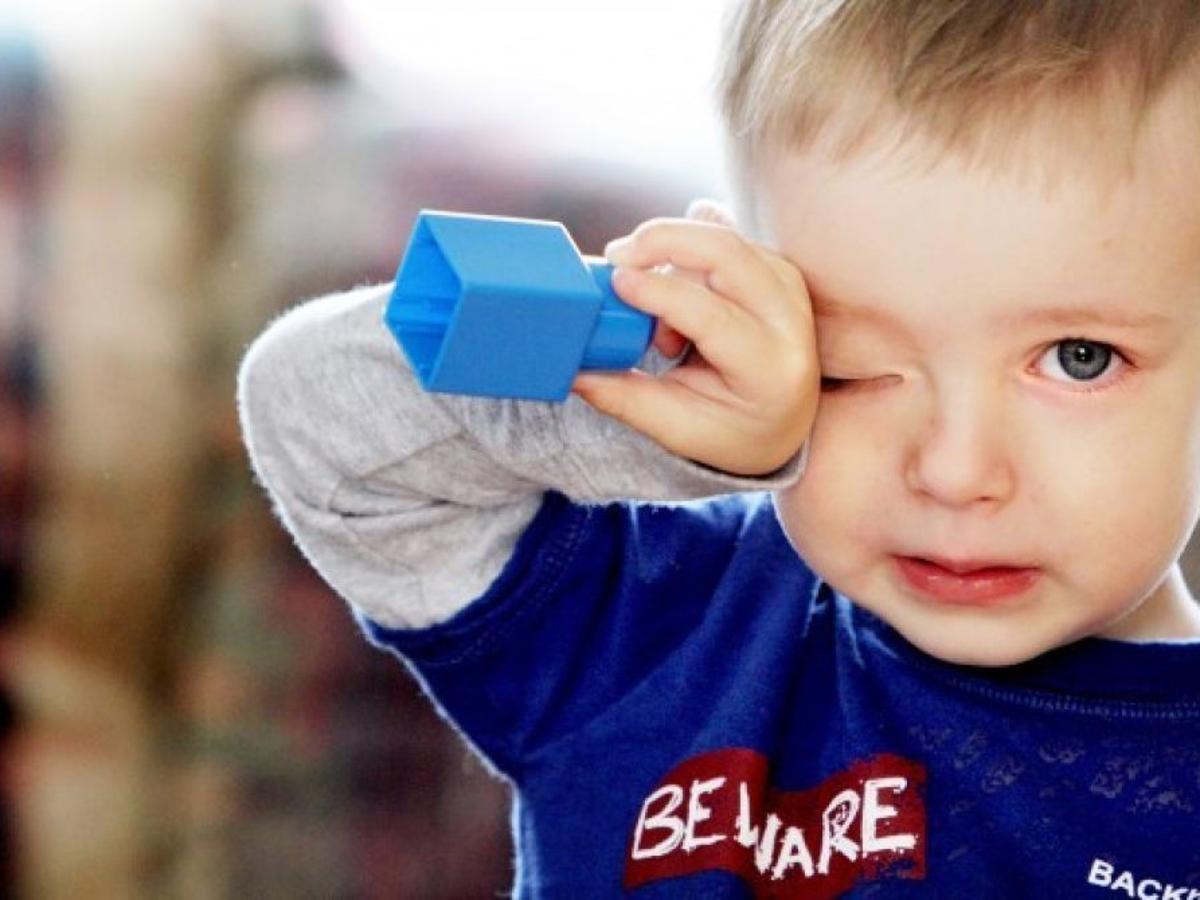 C Diff A Powerful Persistent Superbug Health And Fitness Qctimes Com
C Diff A Powerful Persistent Superbug Health And Fitness Qctimes Com
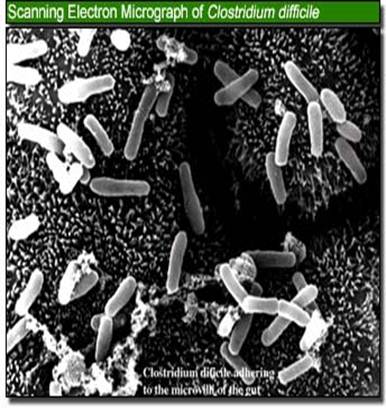 Gikids Clostridioides Difficile Infection
Gikids Clostridioides Difficile Infection
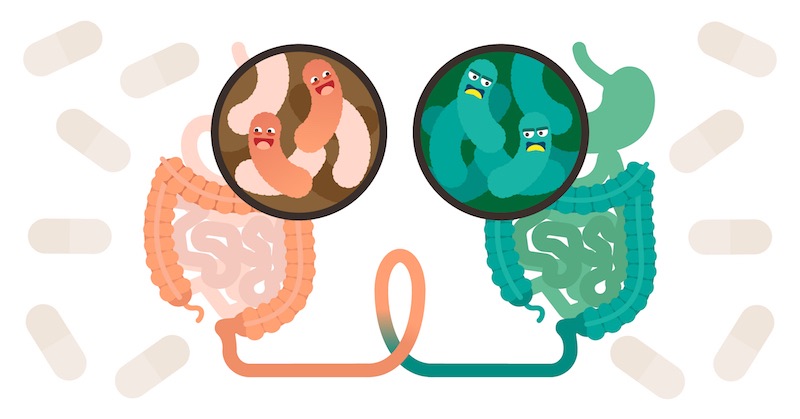 Fmt Found Safe Effective In Pediatric C Diff Boston Children S Discoveries
Fmt Found Safe Effective In Pediatric C Diff Boston Children S Discoveries
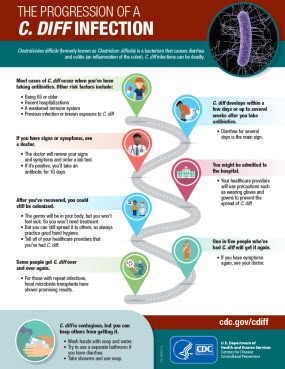


No comments:
Post a Comment
Note: Only a member of this blog may post a comment.